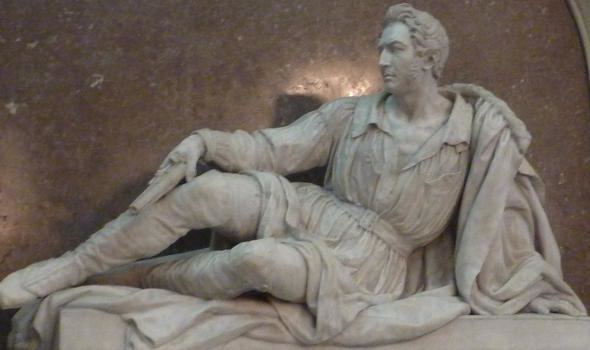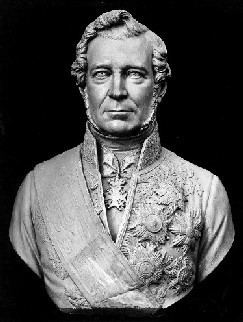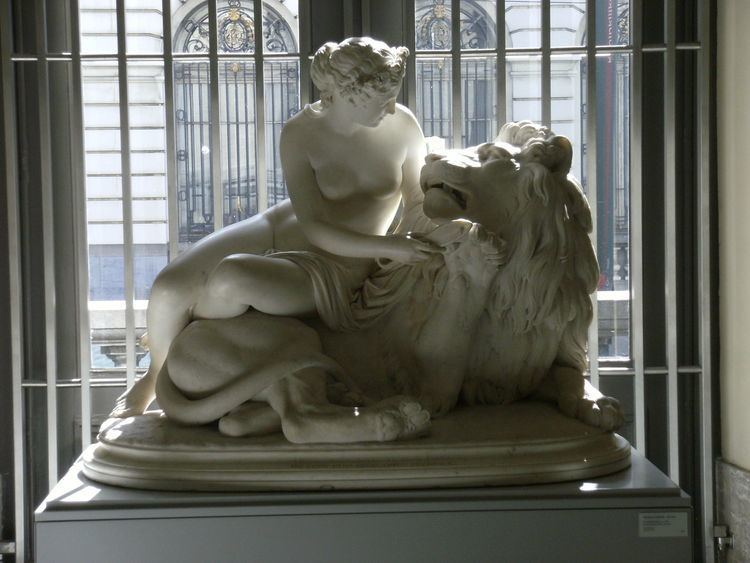Known for sculpture | Name Guillaume Geefs | |
 | ||
Notable work Victims of the Revolution (1838); statues, busts, and tomb monuments of statesmen and artists; Le genie du mal Education Royal Academy of Fine Arts Periods Neoclassicism, Romanticism, Realism | ||
Guillaume geefs corrig e guillaume geefs corregido
Guillaume Geefs (10 September 1805 – 19 January 1883), also Willem Geefs, was a Belgian sculptor. Although known primarily for his monumental works and public portraits of statesmen and nationalist figures, he also explored mythological subject matter, often with an erotic theme.
Contents

Life

Geefs was born at Antwerp, the eldest of six brothers in a family of sculptors, the best-known of whom are Joseph Geefs (1808–1885, winner of the Prix de Rome in 1836) and Jean Geefs (1825–1860, and winner of the prize in 1846). Guillaume first studied at the Royal Academy of Fine Arts Antwerp under the late–Flemish Baroque sculptor Jan Frans van Geel and his son, Jan Lodewijk van Geel, who was also a sculptor. He completed his training under Jean-Etienne Ramey at the École des Beaux-Arts in Paris and began exhibiting his work in 1828.

In 1829, Geefs traveled to Italy. When he returned to Antwerp, he began teaching at the art academy. During the 1830s, he executed the colossal work Victims of the Revolution at Brussels, as well as numerous statues and busts. In 1836, he married Isabelle Marie Françoise Corr, a Brussels-born painter of Irish descent known professionally as Fanny Geefs. In the mid-19th century, the sculptor Guillaume-Joseph Charlier was an assistant to him and his brother Joseph.

The Geefs family played a leading role in the craze for public sculpture that followed Belgian independence in the 1830s, producing several propagandistic monuments that emphasized a "historical continuity of the southern Low Countries in the new independent state."
Honours

As artist

Geefs' early work has been characterized as "predominately elegiac in mood." By the end of the 1830s, however, he developed a powerful, spare realism in monumental works such as General Belliard and Frédéric de Mérode (erected in Brussels, 1836 and 1837) and Peter Paul Rubens (Antwerp, 1841). He was prolific in producing tombs, pulpits, statues, busts, and sculpture groups.
Works
The works of Guillaume Geefs include:
Assessment
In his lifetime, Geefs' work was considered by some to be marred by "frivolous and inessential" details and "poverty of thought", together with a perceived frigidity of expression in his modelling. He is now regarded as the dominant Belgian sculptor of his time.
